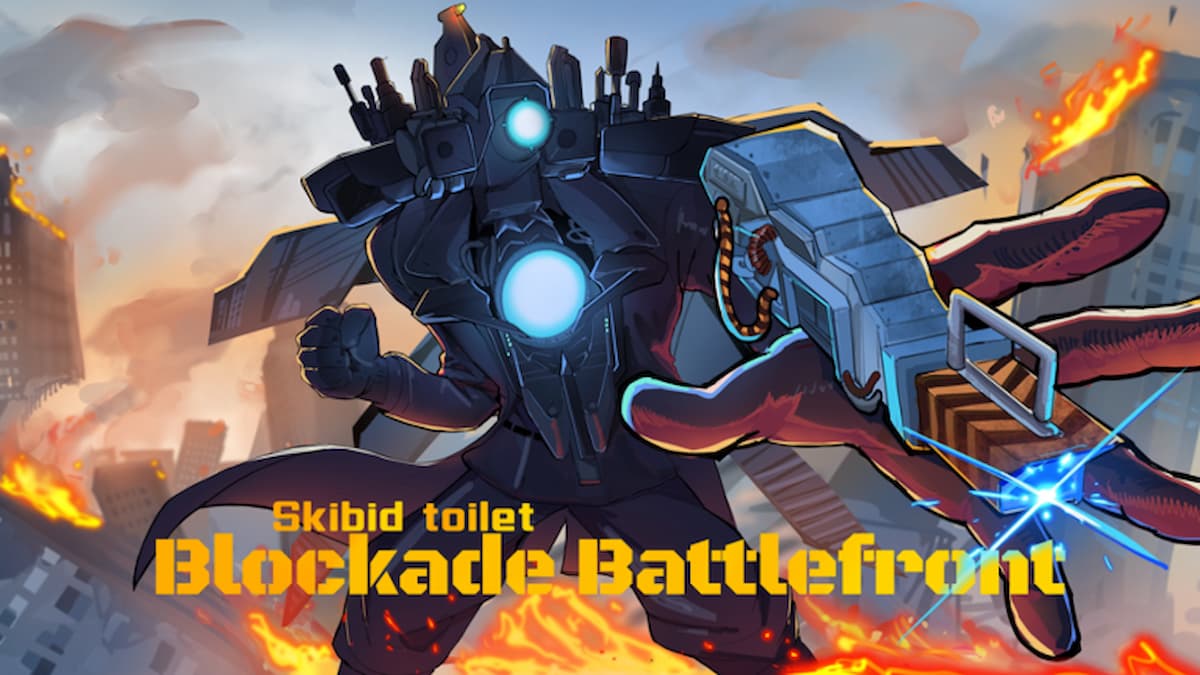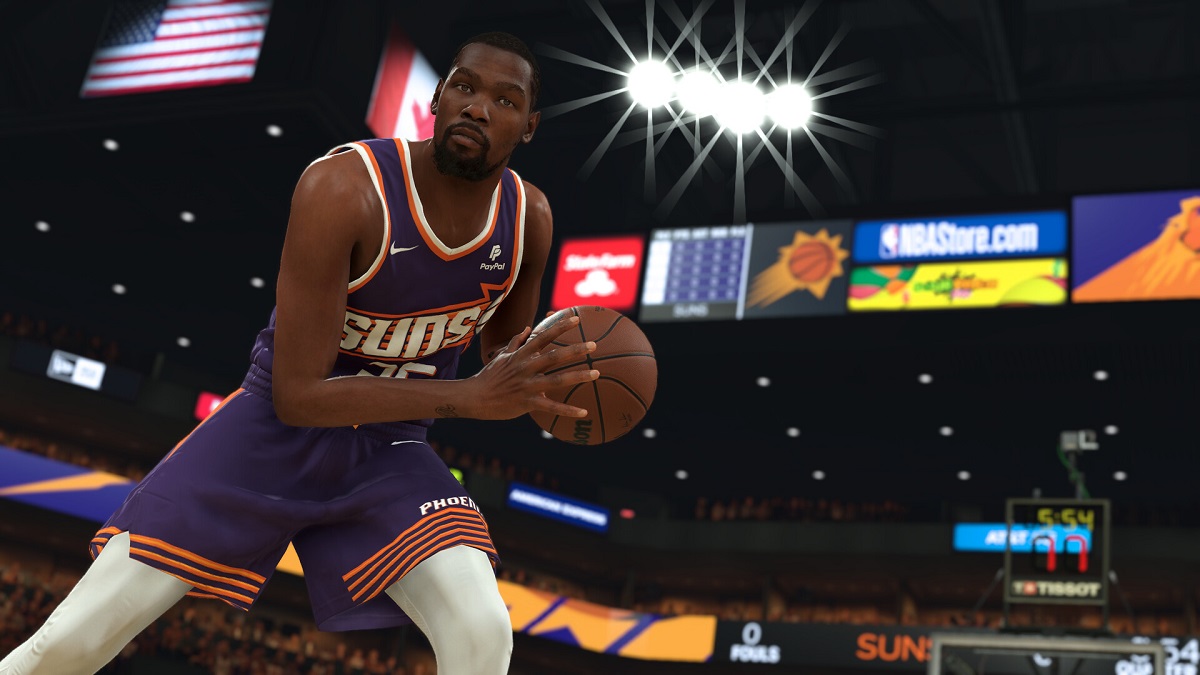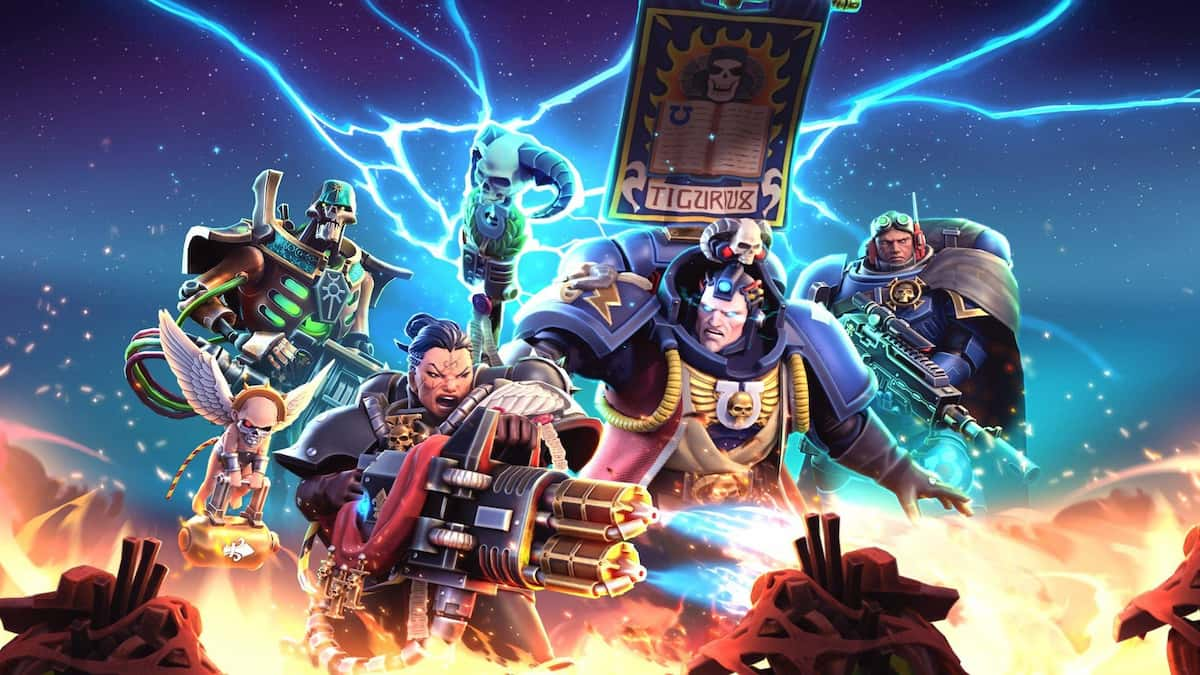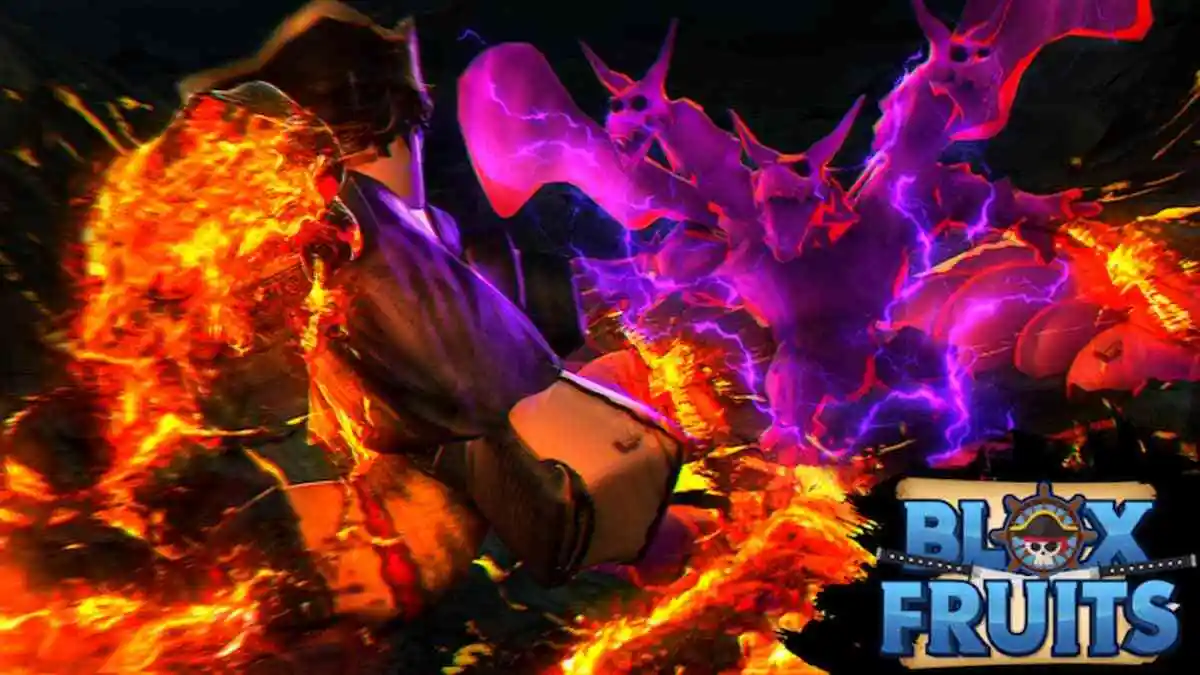Super Smash Bros. has been around since Nintendo 64 and has quite a following. Some people might be playing for the first time with the new Smash Bros. game on the 3DS. This is where I come in.
To people new to the series, some things are confusing and not clear at first – and even experienced Smash Bros. players have new things to learn in each iteration. I’ll help you understand the basics of this game and provide tips on getting better.
This guide will go over the basics of Super Smash Bros., including:
- Game Mechanics – How the game works and how to win.
- Game Modes – All the game modes and what they do.
- Challenges – What they are and why you should do them.
- Customization – What it is and why you should do it.
Game Mechanics
Smash Bros. is not like your typical fighting game, but it is similar. Your goal is still to defeat your opponent, there are combos, technical aspects, deep research of your main character, etc.
How you do that is a different story. Matches go by either stock or time.
- Stock is the number of lives you have. After reaching 0, you lose.
- Time battles go for a set amount of time and the fighter, or fighters in team battle, with the most Knockouts, wins.
How do you get KOs you ask? Well, each character starts at 0% damage. Every time a character is hit, they take a certain percentage of damage, up 999%. The more damage you take, the easier it is to get launched off the stage.
This is how you get a KO. When a character falls or gets launched off stage, the character that dealt the last hit gets credit for the KO.

If you find yourself flying from the stage, don’t panic! If you know which way you’ll go flying, hold the opposite direction on the circle pad to decrease your launch distance. Example: When getting launched up, hold down on the circle pad.
You can also jump back to the stage and use what’s called a recovery move. For most characters, this is Up and B, but I’ll explain that more later.
Attacks
All characters have standard attacks, using the different directions on the circle pad. Example: Up and A(by default) will do an attack pointed towards the sky. You can jump and attack as well. These are different from attacks while on the ground.
They also have what are called Smash attacks. Holding a direction on the circle pad and hitting A will do a different, more powerful attack. These can also be charged for even more damage.
Be careful though, you are wide open for attack when charging and you basically tell your opponent what you’re trying to do. It is best to sue these when the opponent can’t escape, or when you can catch them off guard.
Tilt attacks are those done by slightly tilting the circle pad in a certain direction. These are often better to use than smashes because they rack up damage quick and more easily.
Once your opponent has a high %, at least 80, you can try to finish them. This can be done several ways.
- Smash attacks can send them flying completely off stage, as well as some specials.
- Launch them from the stage, then use ranged attacks or down attacks in the air when they try to make it back to the stage.
- Simply trick them into killing themselves. If you can anticipate your opponents moves, you can make it look like they can kill you, then turn the tables on them by moving in a different direction or Air dodging, more on that later.
Specials
Every character has 4 unique special moves. You do these by pressing B(default) by itself or in a certain direction, so either left or right, up, and down.
These moves vary greatly between characters, but Up B specials generally help to get back to the stage if you get knocked away. Test out multiple character in training to find what their moves do and the right one for you. My Greninja Specials Customization Guide explains all of his and tips on each one.
Shields and Grabs
You can block attacks by shielding. The R shoulder button shields by default. When you do this, a bubble will appear around your character, the longer you hold it and the more damage you absorb, the smaller the shield gets.
When it disappears completely while holding the shield button, your character will become stunned for a short time. Be sure to practice when to shield and when to attack.
You can also roll by using the shield button. Just hold shield and move either left or right. You can be hit when coming out of a roll, so be careful of doing this too much if your opponent catches on.
If you use the shield in the air, you will do an Air Dodge. This makes your character invincible for a second and can avoid otherwise deadly attacks.

Now the other shoulder button mechanic, Grabs. Using the L shoulder buttons will make your character grab. You can grab opponents even if they are shielding. Great for times when people shield a lot or constantly roll.
You can attack while grabbing or throw them. Throwing people behind you generally makes them go farther. Holding the grab button after missing a grab will also activate your shield and you can roll with that as well.
Items
Super Smash Bros. also has items that can be used. There are far too many to go into detail, but some involve bringing out assistants, such as poke balls or assist trophies. These send out a particular character that does something to help you for a limited time, including attacking the enemy.
There are also items like Ray Guns, and Bob-ombs that can shoot or be thrown at opponents.
The biggest game-changing item is the Smash Ball. Destroying the smash ball makes your character glow and allows you to use their Final Smash attack. Each character has a unique Final Smash, press B by default when you have the glow to activate it. This usually does a ton of damage and can help get a KO or 3.
Stages
Stages in Smash Bros. usually have hazards, some even move. It’s a good idea to test out all the stage to see what they do.
Game Modes
- Smash – This is your typical Smash Bros. fighting experience. You can fight CPU or local human players. Rules can be set however you like in this mode.
- Classic – This involves fighting multiple stages of CPU opponents, while collecting gold, trophies, and equipment.
- All-Star – You fight every character in a timeline of when they were introduced. Damage stays after every fight, but there are limited healing items in a “Rest” room after each fight.
- Multi-Man Smash – You defeat a horde of enemies that can be KOed easily. There are several versions of this mode.
- Target Blast – Do damage to a bomb, then send it flying before it explodes to break multiple targets.
- Home-Run Contest – Damage a sandbag, then send it flying by using a forward smash attack with the given home-run bat.
- Trophy Rush – Destroy falling blocks and collect trophies and equipment in the process. You can spend money to gain more time.
- Training – Try out a character with plenty of training options to hone your skills.
- Smash Run – A 5-minute run in a labyrinth followed by a random final battle. Check out my Smash Run Info and Tips for full details.

- Online – Play with people from all around the world. Casual and Ranked game types available.
Challenges
These are objectives to complete that unlock certain things. For example, one of the challenges is to use Pac-Man’s Final Smash. The reward is the Pac-Maze stage.
There are 3 panels of challenges that get increasingly more difficult. They unlock as you complete more challenges.
Customizations
Finally, I come to customizations. What really sets this game apart from the previous titles is the ability to customize your characters and make your own fighters with the Mii Fighter. I explain in detail how this is done in my Mii Fighter Customization Basics.
For normal characters, only equipment and specials can be changed.
Equipment adds points to certain stats and take away from others. They use Attack, Defense, and Speed. They can also add certain effects tha either help or hurt you. For example, one increases your attack when you reach 100% damage. Another raises your stats a lot, but makes you jump lower than normal.
Each character also has 3 different versions of each Special. You must unlock them before you can use them. I also explain an easy way to do this in my Smash Run Info and Tips.

That finally wraps up my Beginner’s Guide for Super Smash Bros. 3DS. There is a lot to this game and it is possible I missed something. If you have any further questions, let me know in the comments and I’ll get back to you as soon as I can!






Published: Oct 8, 2014 08:12 am